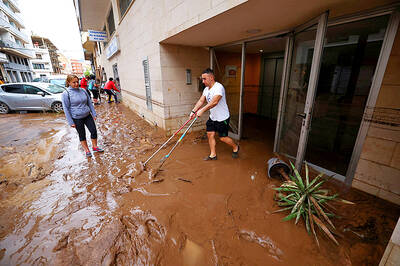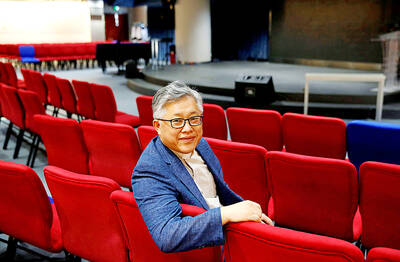An explosion on Wednesday ripped through a Yemeni military vehicle in the south of the country, killing five soldiers, while another four civilians died in the ensuing firefight.
The blast hit the vehicle close to a busy market selling qat, the mildly stimulating leaf that Yemenis addictively chew, in the town of Zinjibar, in a province known as a stronghold for Muslim militants, including al-Qaeda.
“We heard the sound of explosions and saw fire coming out of the car. The soldiers were lying on the ground,” eyewitness Ali Dahmash said.
The panicked surviving soldiers began firing in the air, and were joined by soldiers rushing to the scene. Four civilians in the marketplace were killed by the gunfire, and more than 20 were wounded Dahmash said.
Yemen is home to one of the most active branches al-Qaeda, but military officials, speaking on condition of anonymity because they were not authorized to speak to the press, said they were not sure who the assailants were.
Extremists regularly attack soldiers in the lawless, impoverished country, which is also wracked by pro-democracy demonstrators calling for the ouster of longtime Yemeni President Ali Abdullah Saleh.
On Wednesday, tens of thousands gathered in Yemen’s major cities, as they have for the past months to reiterate their demand that Saleh step down after more than 30 years in power.
More than 140 people have died since the protests began nearly three months ago.
In the southern province of Aden, a general strike shuttered shops, closed schools and halted commercial transport, in the latest efforts to pressure Saleh to leave.

STEPPING UP: Diminished US polar science presence mean opportunities for the UK and other countries, although China or Russia might also fill that gap, a researcher said The UK’s flagship polar research vessel is to head to Antarctica next week to help advance dozens of climate change-linked science projects, as Western nations spearhead studies there while the US withdraws. The RRS Sir David Attenborough, a state-of-the-art ship named after the renowned British naturalist, would aid research on everything from “hunting underwater tsunamis” to tracking glacier melt and whale populations. Operated by the British Antarctic Survey (BAS), the country’s polar research institute, the 15,000-tonne icebreaker — boasting a helipad, and various laboratories and gadgetry — is pivotal to the UK’s efforts to assess climate change’s impact there. “The saying goes

Floods on Sunday trapped people in vehicles and homes in Spain as torrential rain drenched the northeastern Catalonia region, a day after downpours unleashed travel chaos on the Mediterranean island of Ibiza. Local media shared videos of roaring torrents of brown water tearing through streets and submerging vehicles. National weather agency AEMET decreed the highest red alert in the province of Tarragona, warning of 180mm of rain in 12 hours in the Ebro River delta. Catalan fire service spokesman Oriol Corbella told reporters people had been caught by surprise, with people trapped “inside vehicles, in buildings, on ground floors.” Santa Barbara Mayor Josep Lluis

Police in China detained dozens of pastors of one of its largest underground churches over the weekend, a church spokesperson and relatives said, in the biggest crackdown on Christians since 2018. The detentions, which come amid renewed China-US tensions after Beijing dramatically expanded rare earth export controls last week, drew condemnation from US Secretary of State Marco Rubio, who on Sunday called for the immediate release of the pastors. Pastor Jin Mingri (金明日), founder of Zion Church, an unofficial “house church” not sanctioned by the Chinese government, was detained at his home in the southern city of Beihai on Friday evening, said

TICKING CLOCK: A path to a budget agreement was still possible, the president’s office said, as a debate on reversing an increase of the pension age carries on French President Emmanuel Macron yesterday was racing to find a new prime minister within a two-day deadline after the resignation of outgoing French Prime Minister Sebastien Lecornu tipped the country deeper into political crisis. The presidency late on Wednesday said that Macron would name a new prime minister within 48 hours, indicating that the appointment would come by this evening at the latest. Lecornu told French television in an interview that he expected a new prime minister to be named — rather than early legislative elections or Macron’s resignation — to resolve the crisis. The developments were the latest twists in three tumultuous